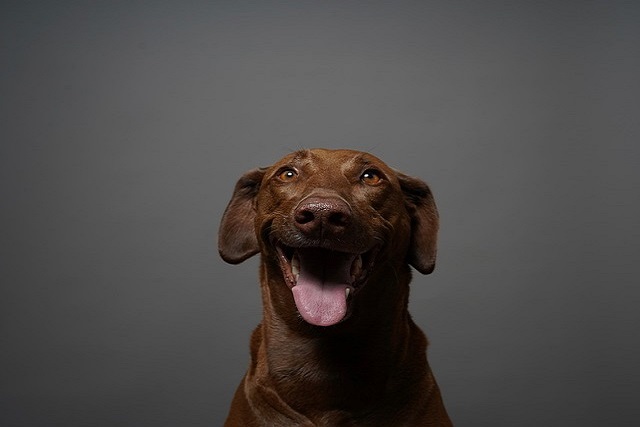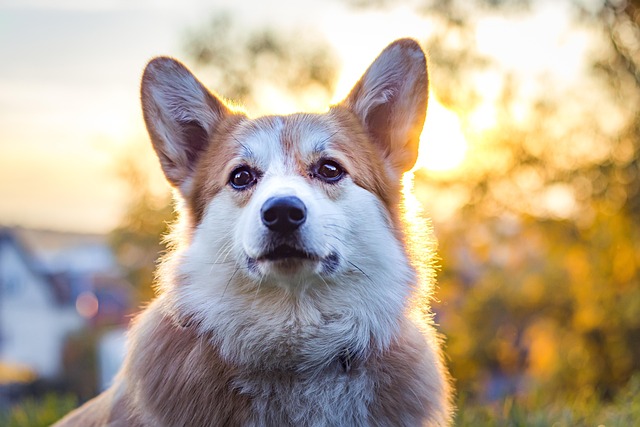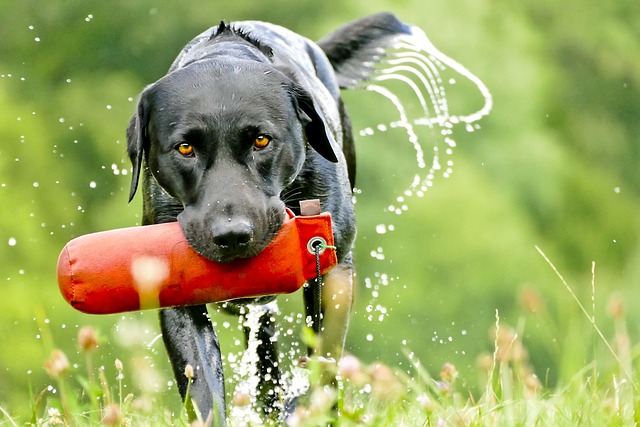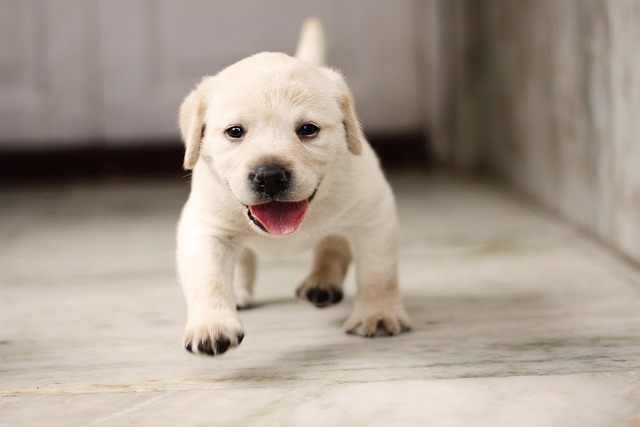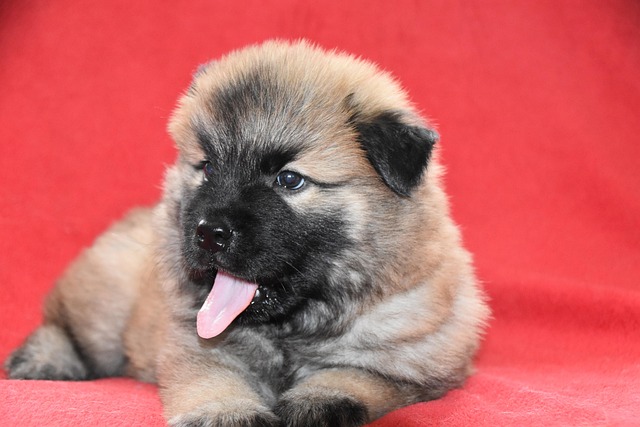Puppies can often be seen in the streets and alleys. They are simple and full of vitality. With their unique charm, they have entered countless families and become an indispensable partner in people's lives. When you look at the furry little guy, are you looking forward to it learning some cute skills, such as shaking hands? Don't worry, it is not difficult to train a puppy to shake hands. As long as you master the correct method, plus full of patience and love, you will soon get a cute pet that will "shake hands" with you enthusiastically.
To train a puppy to shake hands, you must first understand the basic principles of dog learning. Dogs' learning is mainly based on conditioned reflexes. They gradually form habits by repeating a certain behavior and associating it with specific rewards. Just like Pavlov's classic experiment, when dogs hear the bell, they will associate it with food and then secrete saliva. The same is true for a puppy learning to shake hands. When you issue a "handshake" command, it will raise its paw and then give a reward. Over time, it will closely associate this action with the "handshake" command.
Before you start training, you need to create a suitable environment for your puppy. Choose a quiet space with few distractions, such as a corner of your living room. This will allow your puppy to concentrate and focus on the training content. If the environment is noisy and there are too many things around it that attract it, it will be difficult for it to focus on you, and the training effect will naturally be greatly reduced.
The next step is formal training. First, gently pick up one of the puppy's front paws and gently and clearly say the "handshake" command. Be gentle to avoid hurting it and let it feel your kindness. Every dog understands commands at a different speed. Some smart and clever puppies may understand after a few attempts, while others need more patience. Just like every child has his or her own unique learning rhythm, we must give them enough time. When the puppy cooperates and raises its paw, even if it is only for a short moment, give it a reward immediately. The reward can be its favorite snack, or it can be a warm touch or praise, such as "Baby, you are great." These rewards can reinforce its behavior and let it know that it can get what it likes if it does it right.
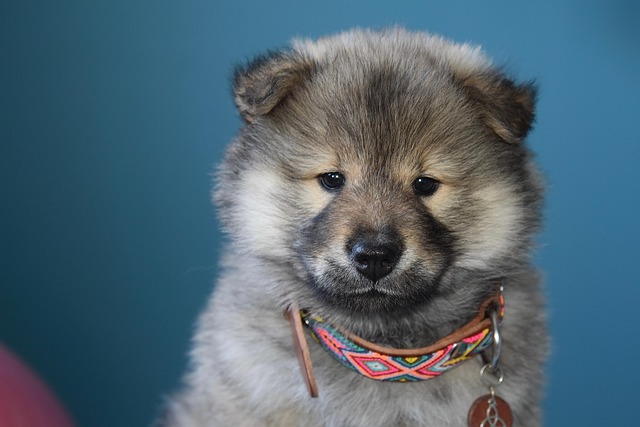 During the training process, repetition is the key. Don't expect the puppy to learn to shake hands in one go. It may take dozens or even hundreds of repetitions. Arrange a fixed time for training every day, and control each time to about 10-15 minutes. The time should not be too long, so as not to make the puppy tired and bored. As the training progresses, the puppy's connection with the "handshake" command and the action of raising its paw gradually deepens. At this time, you can appropriately reduce the snack rewards and increase the proportion of spiritual rewards, such as more caressing and praise. Let it understand that as long as it obeys the command and makes the correct action, it can get the owner's recognition and love.
During the training process, repetition is the key. Don't expect the puppy to learn to shake hands in one go. It may take dozens or even hundreds of repetitions. Arrange a fixed time for training every day, and control each time to about 10-15 minutes. The time should not be too long, so as not to make the puppy tired and bored. As the training progresses, the puppy's connection with the "handshake" command and the action of raising its paw gradually deepens. At this time, you can appropriately reduce the snack rewards and increase the proportion of spiritual rewards, such as more caressing and praise. Let it understand that as long as it obeys the command and makes the correct action, it can get the owner's recognition and love.
Sometimes, the puppy may not cooperate or even deliberately make trouble. For example, when you issue the "handshake" command, it turns its head and runs away, or behaves listlessly. In this case, don't get angry and scold it. This will not only have no positive effect, but may also make the puppy fearful and resist training. You might as well try to train at another time or adjust the training method. Maybe it was in an excited state at the time and its mind was not on training at all, or it was not feeling well and had no energy to cooperate. As an owner, you should observe carefully, understand its state, and guide it in a gentler and more flexible way.
When the little dog has mastered the skill of shaking hands in front of you, you can further expand the training scene. Take it to a relatively quiet environment outdoors, such as a community garden, and try to issue a "handshake" command. There are more new things in the outdoor environment, which may distract its attention, which is a challenge to consolidate the training results. But as long as it can successfully make a handshake in a new environment, it should be rewarded generously to let it know that no matter where it is, it can get benefits by following the command.
The process of training a little dog to shake hands is a precious time for you to establish a deep emotional bond with it. Behind every successful handshake is the embodiment of your mutual understanding and trust. Watching the little dog from the initial ignorance to being able to accurately respond to your "handshake" command, the way it happily raises its little paw to interact with you, do you feel that all the efforts are worth it? Although the small local dogs do not have the dazzling bloodline of the precious dog breeds, they are smart, emotional, and have their own unique shining points. By patiently training small skills such as handshakes, you will discover its unlimited potential and gain unexpected happiness and warmth.
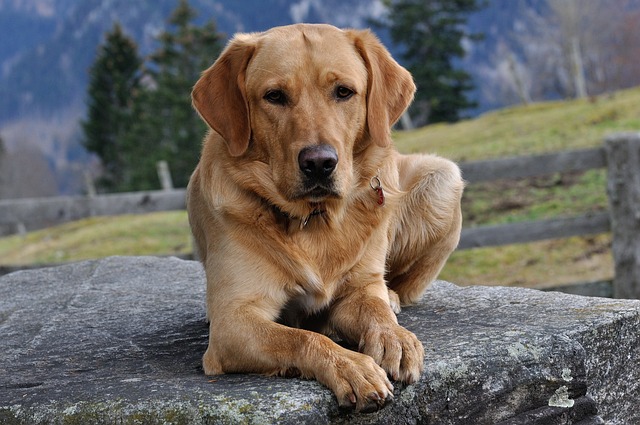
 During the training process, repetition is the key. Don't expect the puppy to learn to shake hands in one go. It may take dozens or even hundreds of repetitions. Arrange a fixed time for training every day, and control each time to about 10-15 minutes. The time should not be too long, so as not to make the puppy tired and bored. As the training progresses, the puppy's connection with the "handshake" command and the action of raising its paw gradually deepens. At this time, you can appropriately reduce the snack rewards and increase the proportion of spiritual rewards, such as more caressing and praise. Let it understand that as long as it obeys the command and makes the correct action, it can get the owner's recognition and love.
During the training process, repetition is the key. Don't expect the puppy to learn to shake hands in one go. It may take dozens or even hundreds of repetitions. Arrange a fixed time for training every day, and control each time to about 10-15 minutes. The time should not be too long, so as not to make the puppy tired and bored. As the training progresses, the puppy's connection with the "handshake" command and the action of raising its paw gradually deepens. At this time, you can appropriately reduce the snack rewards and increase the proportion of spiritual rewards, such as more caressing and praise. Let it understand that as long as it obeys the command and makes the correct action, it can get the owner's recognition and love. 